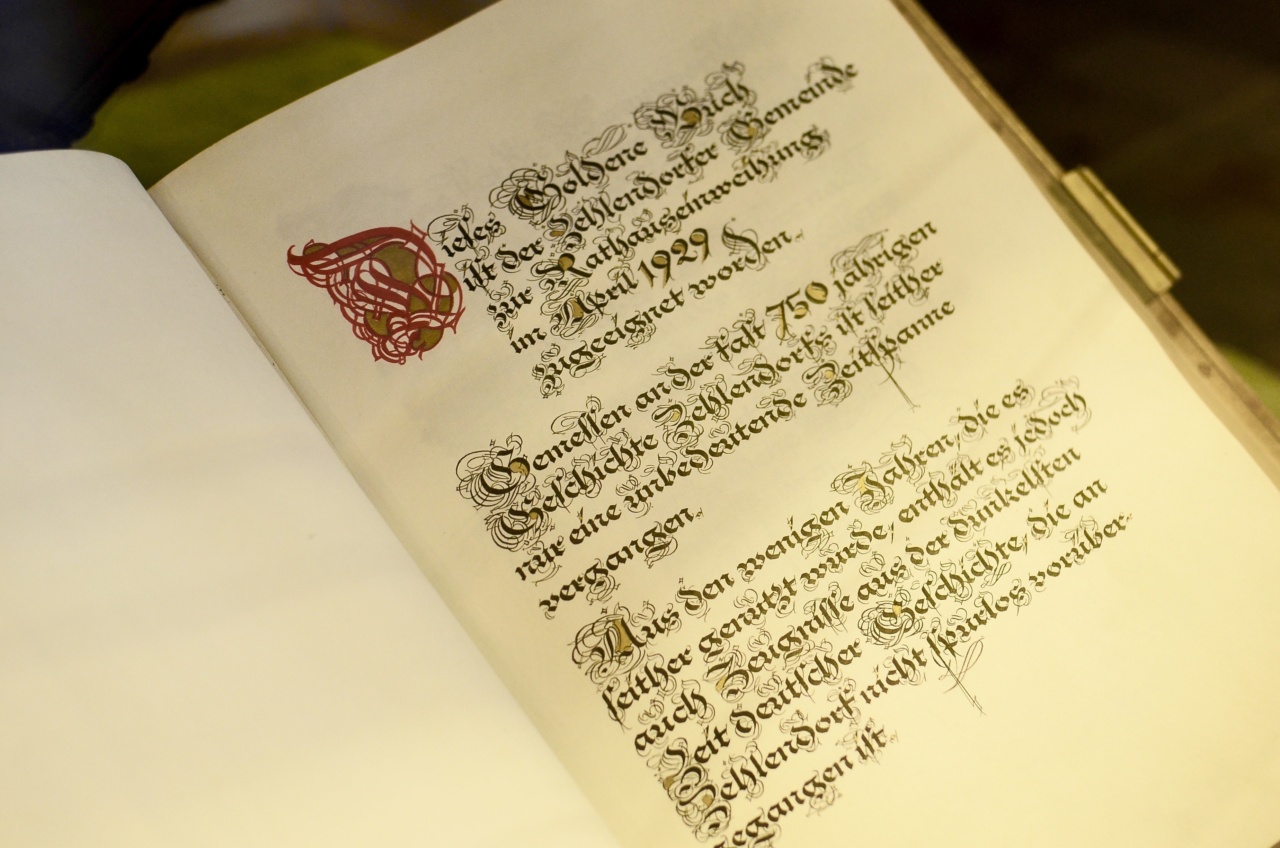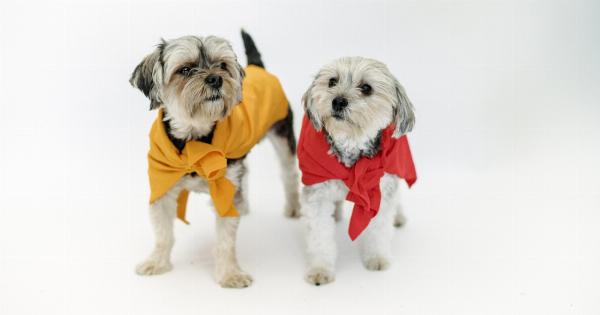For thousands of years, dogs have been faithful companions to humans, providing friendship, protection, and invaluable assistance. They have evolved alongside us, adapting to various roles and environments.
But have you ever wondered about the genetic origins of our beloved canines? A recent study has shed light on the ancient genetic history of dogs, revealing intriguing findings about their ancestry and the fascinating journey they have embarked upon with humans.
Canine Domestication
The relationship between humans and canines dates back to approximately 30,000 years ago. Initially, dogs were thought to have been domesticated from a group of gray wolves in a single location.
However, recent research has disputed this theory, suggesting that domestication occurred independently in multiple regions.
Early Genetic Divergence
Findings from the study indicate that the genetic divergence between dogs and wolves occurred around 27,000 to 40,000 years ago.
This suggests that the process of domestication unfolded over a long period, with early humans selectively breeding wolves to create the first domesticated dogs.
Multiple Origins
The study further reveals that dogs have multiple origins around the world. It seems dog domestication happened independently in several regions, including Europe, Asia, and the Americas.
Each region boasts unique genetic signatures and contributions to the overall genetic makeup of modern dogs.
European Ancestry
European dog breeds display a diverse genetic ancestry. Genetic analysis indicates that ancient European dogs possessed a mix of previously unrecognized ancestral lineages from both wolves and other regional dog populations.
Asian Influence
The genetic history of Asian dogs is particularly intriguing. The study reveals that a significant genetic component found in dogs today can be traced back to an ancient Siberian dog population.
This lineage has left a lasting impact on the genetic composition of dogs across Asia and other parts of the world.
American Dogs
The Americas were not left untouched by the process of canine domestication. The research suggests that early dogs in the Americas have genetic ties to both Asian and European dog populations.
This finding hints at a complex history of migrations and interactions among human populations and their canine companions.
Adaptations to Human Needs
Dogs have become incredibly diverse in terms of appearance, size, and behavior. This diversity is a result of humans selectively breeding dogs for specific traits.
For instance, dogs bred for herding possess a distinct set of genetic variations, allowing them to excel in their roles as shepherds. Similarly, hunting dogs possess genetic adaptations that enhance their scenting abilities and agility.
Human-mediated Breed Formation
The study also highlights the influence of human-mediated breed formation on the genetics of dogs. Over the years, humans have selectively bred dogs with desired physical and behavioral traits, leading to the emergence of distinct breeds.
This artificial selection has resulted in breed-specific genetic signatures that make each breed unique.
The Genetic Legacy of Ancient Dogs
Despite the numerous transformations and adaptations over time, dogs still carry traces of their ancient genetic legacy. The study reveals that the genetic similarities between modern dogs and ancient dog remains are strikingly high.
This highlights the remarkable conservation of genetic material across generations and provides insight into the past.
Continuing Research
The study on the ancient genetic history of dogs is just the beginning. Researchers are now delving deeper into the genetic makeup of various dog breeds and populations, aiming to unlock further secrets about their origins and evolutionary pathways.
Conclusion
The study’s revelations have brought us closer to understanding the intricate genetic history of dogs. From their multiple origins to their adaptation to human needs, dogs have become an indispensable part of our lives.
Beyond their roles as companions, they offer a glimpse into the ancient world and the interwoven relationship between humans and animals throughout history.






























